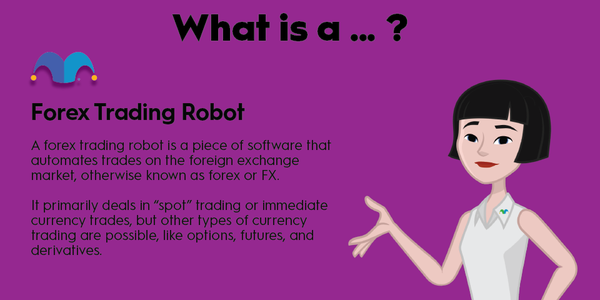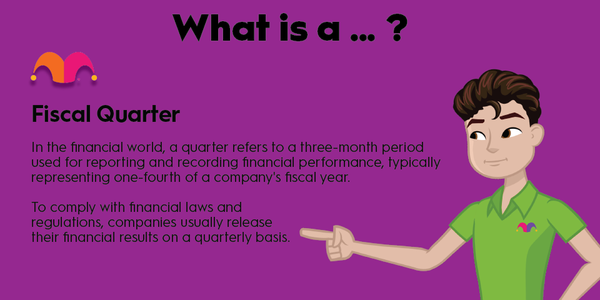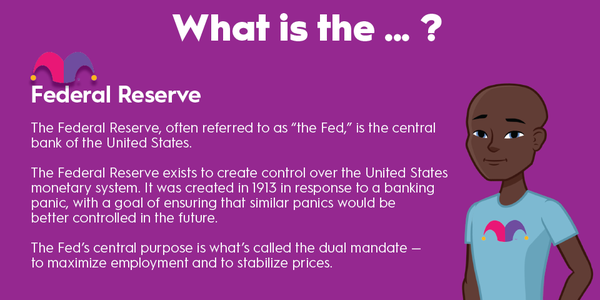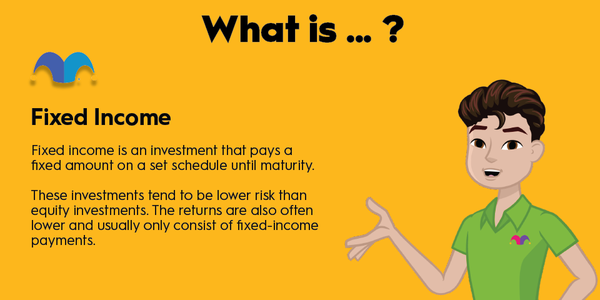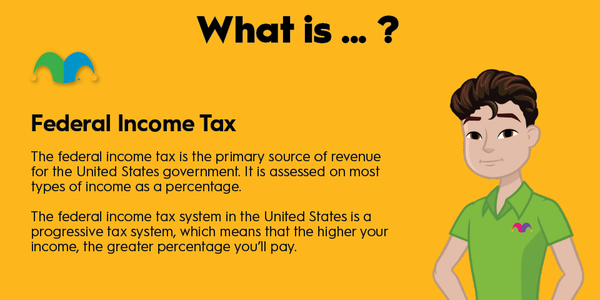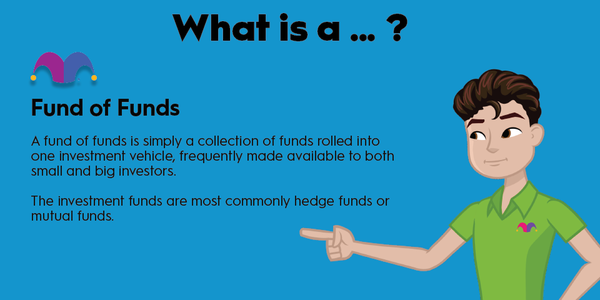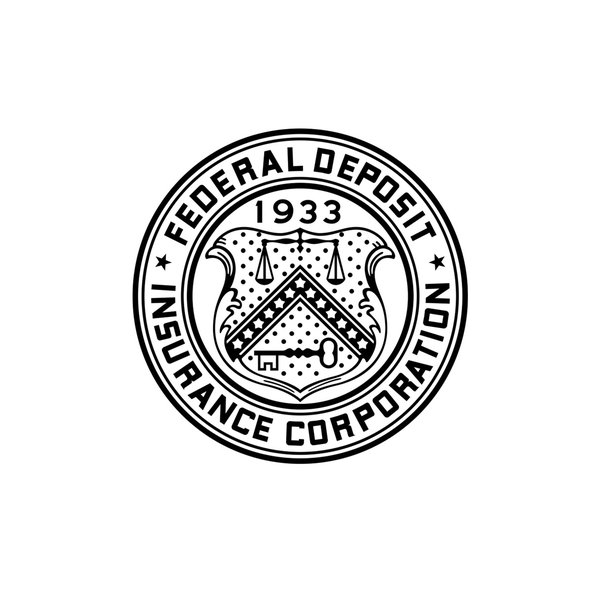Hedge funds can provide solid investment options for many people. However, before you jump in, make sure you understand the terminology so you know what you're buying. For example, if you're looking at an investment that follows a master-feeder structure, things can get really confusing very fast.
The feeder fund is a vehicle through which you put your money into a hedge fund's combined cash to invest, which is then spent on investing in shares of a master fund. Read on to learn more about this process.

What is a feeder fund?
What is a feeder fund?
A feeder fund is a fund that can be used as a vehicle to invest in other funds, generally through a hedge fund manager. Investors choose the feeder fund they wish to put their money into based on the fees, minimum amounts, and other characteristics.
Feeder funds are exactly what they sound like: funds that tend to feed into bigger funds. However, they're not required to feed into the same fund exclusively.
When investing in a feeder fund, it's important to know more about the fund it typically invests in because it will take on the risks and benefits of that fund when it buys shares for its investors. This is one way to buy into a larger portfolio of investments without having to do the legwork on the individual companies within it.
Feeder funds versus master funds
Feeder funds versus master funds
Feeder funds are part of something called a master-feeder structure. The feeder fund is the fund in which all the money from investors is collected. Generally, several feeder funds with varying characteristics work together. They can buy shares of master funds -- typically involving a primary fund the feeders are associated with, but sometimes other funds, too.
Master funds, on the other hand, are where the investing actually happens. These funds hold investments, such as commercial real estate, a diversified portfolio of stocks, or a highly diversified basket of other assets. Feeders are called feeders because they tend to feed their capital into master funds.
How they work
How feeder funds work
Feeder funds are generally set up to work with one or a few master funds, although this is not always the case. Often, several feeder funds work together to fund a single master fund, each catering to a different group of investors.
For instance, these investors are often split between domestic and international or by income class, among others. The feeder funds each have different fees and requirements, even if they feed into the same master fund.
When an investor puts money into a feeder fund, the fund manager uses the money to buy shares in the master fund. Once purchased, the master fund's characteristics determine the bulk of the value of the investment (the feeder fund's fees should also be considered). The master fund's holdings are the investment; the feeder fund is simply a way to pool money to build a bigger portfolio.
Related investing topics
Pros and cons
Pros and cons of feeder funds
Feeder funds can sometimes be a good way for investors to get exposure to difficult-to-access investments since they are often run by hedge funds. But they can also be guilty of trying to cater to everyone while achieving no one's specific goals.
One advantage of feeder funds is their low fees, which stem from the relative cheapness of having one company run a large investment. Additionally, domestic and international investors can invest in them simultaneously, allowing them access to the same investment portfolio.
However, some investors must be careful about dividend returns since they're often subject to offshore withholding. As mentioned, perhaps the biggest drawback of using feeder and master funds is that they really can't achieve their investors' goals in any significant way since investors are lumped together in master funds with people from very different backgrounds and significantly different financial situations.
